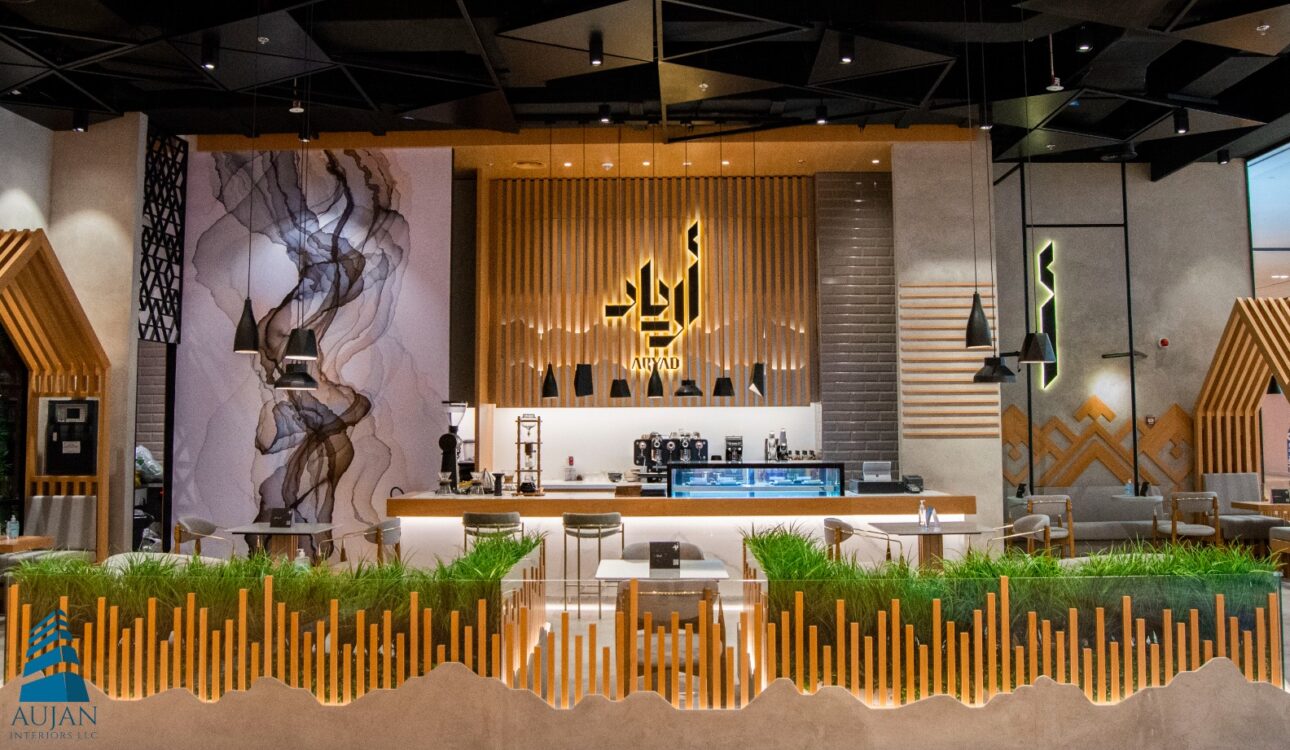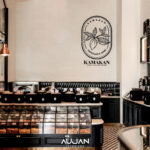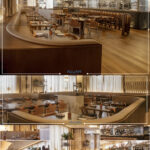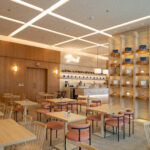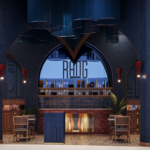Introduction
Fashion and interior design are two dynamic realms that often intersect, influencing and inspiring each other in myriad ways. This article delves into the The Intersection of Fashion and Interior Design, exploring how trends, historical influences, and psychological elements converge to shape our living spaces and personal style.
The Interplay between Fashion and Interiors
Fashion and interior design share a reciprocal relationship, where trends from one domain seamlessly translate into the other, creating a harmonious fusion of aesthetics.
Fashion Trends in Interior Design
Fashion trends exert a profound influence on interior design, dictating color schemes, patterns, and textures. From runway couture to home decor, discover how fashion-forward elements elevate interior spaces.
Interior Design Trends in Fashion
Conversely, interior design concepts often inspire fashion trends, as seen in architectural silhouettes, geometric prints, and innovative material usage. Explore how interior aesthetics permeate the fashion industry, shaping apparel design and styling choices.
Historical Influences on Design
The evolution of fashion and interior design is intricately woven into the fabric of history, with each era leaving an indelible mark on stylistic preferences and design sensibilities.
Fashion’s Influence on Interior Design
Throughout history, fashion icons and movements have influenced interior design trends, from the opulence of the Rococo era to the minimalism of the Bauhaus movement. Explore the historical parallels between haute couture and interior extravagance.
Interior Design’s Impact on Fashion
Conversely, interior design innovations have catalyzed shifts in fashion, as seen in the sleek lines of mid-century modernism and the maximalist resurgence of contemporary decor. Uncover how architectural marvels have inspired sartorial creations.
The Psychology of Design
Beyond aesthetics, fashion and interior design evoke powerful emotional responses and reflect cultural nuances, underscoring the psychological underpinnings of design choices.
Emotional Responses to Fashion and Interiors
Color psychology, spatial arrangement, and sensory stimulation play pivotal roles in eliciting emotional responses to fashion and interior environments. Explore how design elements evoke joy, tranquility, or nostalgia.
Cultural Significance in Design
From indigenous textiles to avant-garde fashion statements, cultural influences permeate design aesthetics, imbuing spaces with rich heritage and global perspectives. Delve into the cultural tapestry that informs contemporary design narratives.
Practical Applications
Translating fashion principles into tangible design elements is essential for creating visually captivating and functional interiors that resonate with personal style and preferences.
Color Palettes and Textures
Harnessing the power of color psychology and texture juxtaposition, interior designers curate captivating spaces that mirror current fashion trends while reflecting individual tastes.
Furniture and Accessories
From statement furniture pieces to curated decor accents, infusing spaces with fashion-forward elements adds personality and flair to interior compositions, transforming homes into stylish sanctuaries.
Case Studies
Examining real-world examples provides invaluable insights into the seamless integration of fashion and interior design principles in diverse contexts.
Celebrity Homes
Explore the residences of style icons and tastemakers, dissecting design choices and discerning the interplay between fashion sensibilities and interior aesthetics.
High-End Fashion Retail Spaces
Luxury fashion boutiques serve as veritable showcases of design innovation, offering immersive brand experiences that blur the lines between fashion fantasy and interior reality.
Future Trends and Innovations
Anticipating the future of fashion and interior design entails embracing sustainability, technological advancements, and evolving consumer preferences.
Sustainable Design
The sustainable design movement transcends fashion and interiors, advocating for eco-conscious materials, ethical production practices, and mindful consumption habits.
Technology Integration
Innovative technologies such as virtual reality, augmented reality, and 3D printing are revolutionizing the design landscape, offering new avenues for creative expression and personalized experiences.
Challenges and Opportunities
Navigating the intersection of fashion and interior design presents both challenges and opportunities for designers, entrepreneurs, and consumers alike.
Budget Constraints
Balancing aesthetic aspirations with budgetary constraints requires creative solutions and strategic planning to achieve stylish outcomes without compromising financial prudence.
Market Saturation
In a saturated market, identifying niche opportunities and cultivating unique design perspectives is essential for standing out amidst competition and capturing discerning clientele.
Conclusion
The symbiotic relationship between fashion and interior design continues to evolve, driven by innovation, creativity, and a deep-seated appreciation for beauty and functionality. As we navigate the dynamic landscape of design, let us embrace the intersection of fashion and interior design as a source of inspiration and endless possibilities.
Frequently Asked Questions (FAQs)
Q: How does cultural diversity influence the fusion of fashion and interior design?
A: Cultural diversity serves as a wellspring of inspiration for designers, infusing their creations with a rich tapestry of traditions, motifs, and craftsmanship.
Q: What role do sustainability and eco-consciousness play in modern design practices?
A: From upcycled fashion collections to energy-efficient home designs, sustainability is integral to shaping the future of design.
Q: How do designers balance timeless elegance with trendy elements in interior spaces?
A: Designers often anchor their spaces with classic, enduring pieces that serve as timeless focal points, such as elegant furniture silhouettes or architectural features. They then layer in trendy elements through accessories, textiles, and decor accents, allowing for easy updates as trends evolve while maintaining the timeless appeal of the overall design scheme.
Q: What are some emerging trends in furniture and decor that reflect current fashion sensibilities?
A: Hybrid furniture pieces that serve multiple functions cater to the needs of modern lifestyles, while sustainable materials and artisanal craftsmanship align with eco-conscious consumer preferences. Bold color choices, statement lighting fixtures, and playful patterns draw inspiration from runway collections, infusing spaces with a sense of whimsy and personality.
Q: How can technology enhance the design process and client experience in both fashion and interior design industries?
A: Virtual reality and augmented reality platforms enable immersive design experiences, allowing clients to envision spaces in real-time before implementation. Additionally, 3D modeling and printing technologies facilitate rapid prototyping and customization, empowering designers to bring their creative visions to life with unprecedented precision and efficiency.

